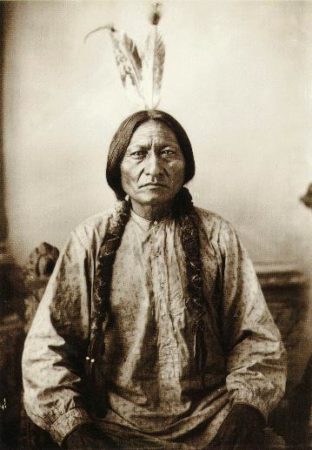Word of the Day: WISE
“Wise guy, eh?” shouts Moe, and gets Curly’s nose in the clamp of a pipe wrench, to give it a good hard twist – rrrrnk!
What’s the difference between being WISE, and being SMART?

When I was three years old, I taught myself how to read and write. I was reading the Bible, and I memorized the names of all the books, in order. I don’t know why I did it. I was just fascinated with the Bible. That was SMART. Of course I was not WISE. How can you be WISE, at three years old? I didn’t know anything about people, or the big world around me. I could trace words in the sand in the ditch in the front of our house. But if somebody told me a lie, I wouldn’t have known it. I didn’t know what made people happy or sad. I didn’t know what could make them come together to build a house, or clear a field, or worship God.
Have you ever heard somebody shout out after hitting his thumb accidentally with a hammer? “Golly gee, that SMARTS!” he says, sticking his thumb in his mouth and hopping up and down. He means that it hurts – but what does that have to do with being SMART? Especially when it seems pretty dumb to hit your thumb with the hammer, when what you really wanted to hit was the nail.
SMART meant PAIN before anybody ever used it to suggest intelligence. If you cut yourself with a knife, that SMARTS, because the knife is SHARP. But suppose you say something that CUTS into a problem that nobody else can figure out. That too is SHARP. It is SMART. Or suppose someone is a sneak. He says he’s going to ask the coach if you can try out for the baseball team. What he really wants is to tell the coach that you’re a good pitcher but a terrible teammate. You figure it out.
“I’m sure you want to help,” you say. “You’ll help me all the way to Nowhere.”
That would be a CUTTING remark. It would be SHARP. It would SMART.
You can be SHARP when you’re a kid. You can dress in a well-cut and trim way: that would be to dress SHARP or to look SMART. But it’s still not WISE.
So again, what’s the difference?
Now I want you to imagine somebody else besides a kid with a stick, writing in the sand. He’s the chief of an Indian tribe, long ago. His face is permanently brown, from seventy years of living outdoors in the summer sun, and in the winter when the sun burned bright on the plains white with snow. He has seen good winters and terrible winters. He has seen good hunting, when he and his men took twenty buffalo at once. He has seen lean times, when all that kept his people alive through the cold were the miserable jackrabbits they could snare. He has known war and peace. He can grow angry, but he seldom shows it. Other men talk a lot. He says very little. He listens, he considers their words. He understands that most words are only words. He pays attention instead to what people do. He can be kindly, especially with children. But none of his braves would dare to tell him a lie, because the old man’s face would turn hard as stone, in an instant.
They respect him, they honor him. They should. He is WISE.
A smart person might be able to figure out in a minute or two why your lawn mower won’t start. But a WISE person will understand why your whole school doesn’t work. A smart person might be able to tell you where Detroit is on a map. A WISE person would be able to tell you how we can have any city in the first place.
A smart person is like someone using a tiny saw to cut a diamond. That’s a good thing to be. A WISE person is someone who surveys the whole world and the people in it. That is why the Bible says, “The beginning of WISDOM is the fear of the Lord,” meaning that if you do not give honor to God, it will be like shutting the eyes of your soul. You might be able to figure numbers or build machines, but you will be blind to the big things in life, even the biggest of all.
A WISE person SEES. That’s what the word really means. Do you know the word VIDEO? It means something you can watch. The Latin word VIDEO means I SEE. If you say it the way the old Romans said it, you will pronounce the V like a W, and say WIDEO. That word is a cousin of the old English word WITAN (say it: WEE-tahn), meaning TO KNOW, or TO SEE.
Look again into the old chief’s eyes. He SEES. He is WISE.
Look into the eyes of Jesus, as the old masters painted him. He SEES. Nothing that any person does can surprise him. He knows what we are like. That is why his eyes so often seem sad. But he loves us still. He sees that we are sinners. We can see that too, sometimes. He sees that we might be saints. I can’t see that at all. But I will take the Lord’s word for it.
View or print this issue as a pdf.

